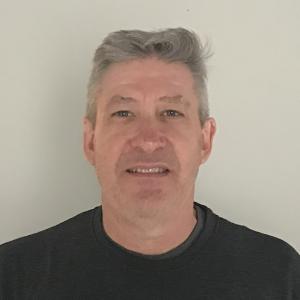Duke Proteomics and Metabolomics Core Facility
Chesterfield Building
701 W. Main St., Suite 320
Durham, NC 27701 USA
Email: proteomics_metabolomics@duke.edu
Staff
Duke Downtown Shuttle to the Chesterfield
- DukeCardID required for all passengers
- Operates from 7 A.M. - 6 P.M. Monday - Friday
- Track in real-time with Duke Transloc ("Shuttle: Downtown Pilot")
- Free WiFi is available via Carolina Livery
- Serviced by two 36-passenger shuttles operated by Carolina Livery
- Shuttles are ADA compatible
Parking at the Chesterfield
Duke visitors have a two-hour, first come-first served parking option at the visitor parking lot at the back of the building near the railroad tracks. These spaces are shared with other tenants' visitors. Do not park beyond the fencing or cones; this is a construction area.
We have designated guest parking under the building and that can be reserved for up to six spaces for School of Medicine, and seven spots for School of Engineering per day. There are two calendars (below) that you can use to reserve parking spaces under the building. Please note if the current total of 13 spaces has already been met, then other accommodations will need to be made.
For larger events that exceed the total number of parking or events lasting longer than two hours, we work with the building management to reserve 704 W Pettigrew St parking deck for more visitors on the day of the event.








